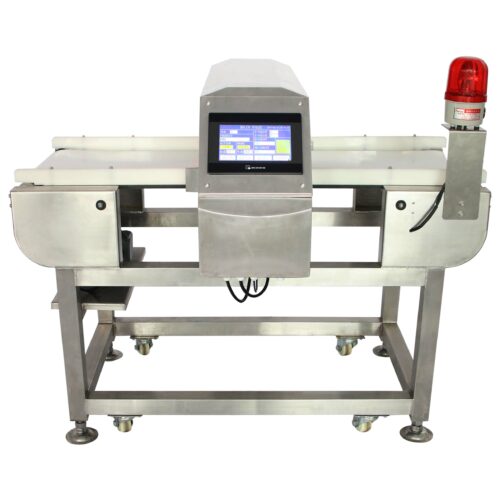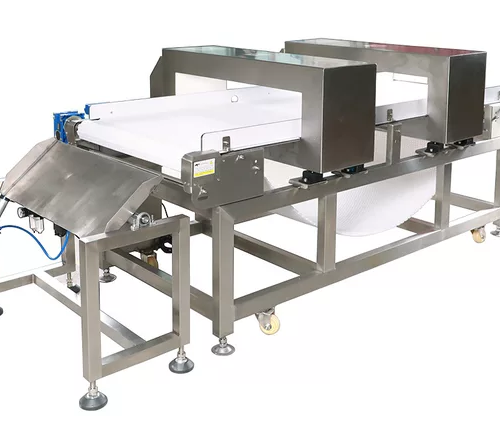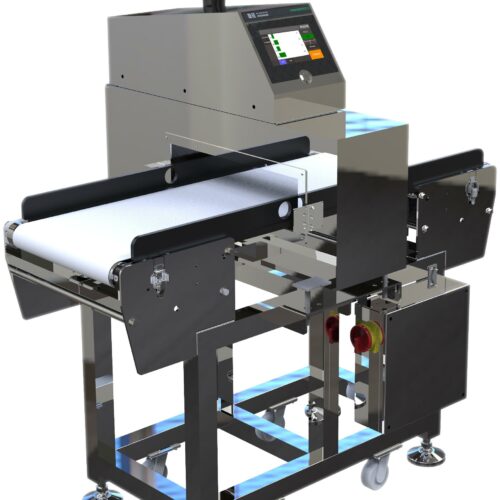Non-ferrous metal detection for food industry
What is the difference between a non-ferrous and a ferrous detector There is a difference between non-ferrous and ferrous products to be identified
Any steel can make ferrous products
Non-ferrous Products: Any metal, except steel (brass or copper, etc.).
Attention, non-ferrous doesn’t necessarily mean all materials (wood, plastics, etc.). It refers to metals
There is a difference between non-ferrous and ferrous sensors
Sensors can detect:
Preference for ferrous metals (steel, Iron)
These products have different sensing distances. Maximum for ferrous metals. Km coefficients are typical for each metal. Km = 1 for Steel.
This coefficient decreases the sensor detection range. Km = 1. For cast iron, but only 0.25 for for copper.
This is the traditional inductive sensor
Non-ferrous metals (steel, iron, etc.) as well as ferrous (steel and iron). Metals
These sensors can sense both ferrous and nonferrous materials at the same distance. Km coefficient is always 1.
These sensors are known as Ferrous/Nonferrous sensors.
Schneider part numbers are XS1M18KPM40x and XS1M30KPM40x 18- and 30-diameter sensors, respectively, and XS7C40KPM40x40x
Choose from ferrous or non-ferrous materials
Schneider part numbers: XS1M18PAS40x sensitive to ferrous materials, and XS1M18PAS20x sensitive to non-ferrous substances
These sensors are known as selective ferrous/non-ferrous sensors.
Different detection principles



